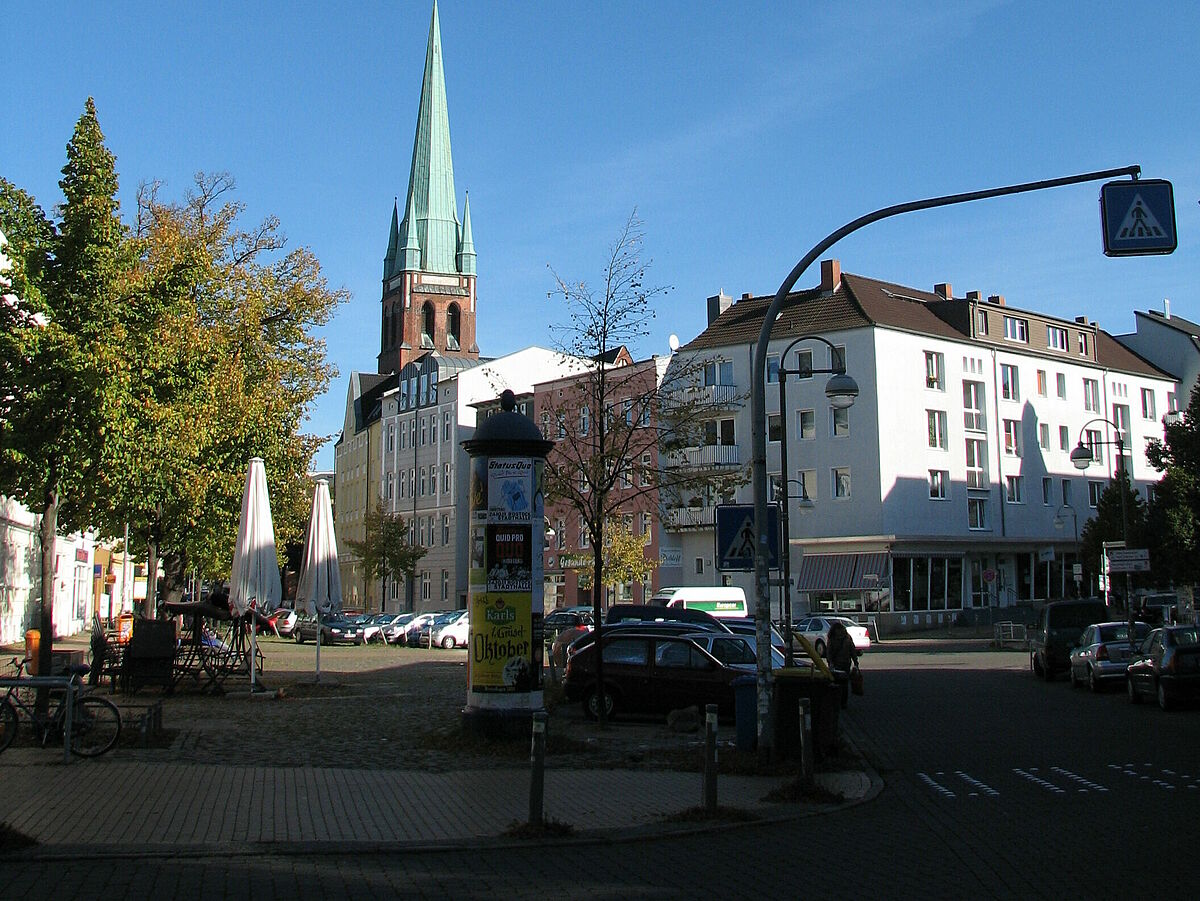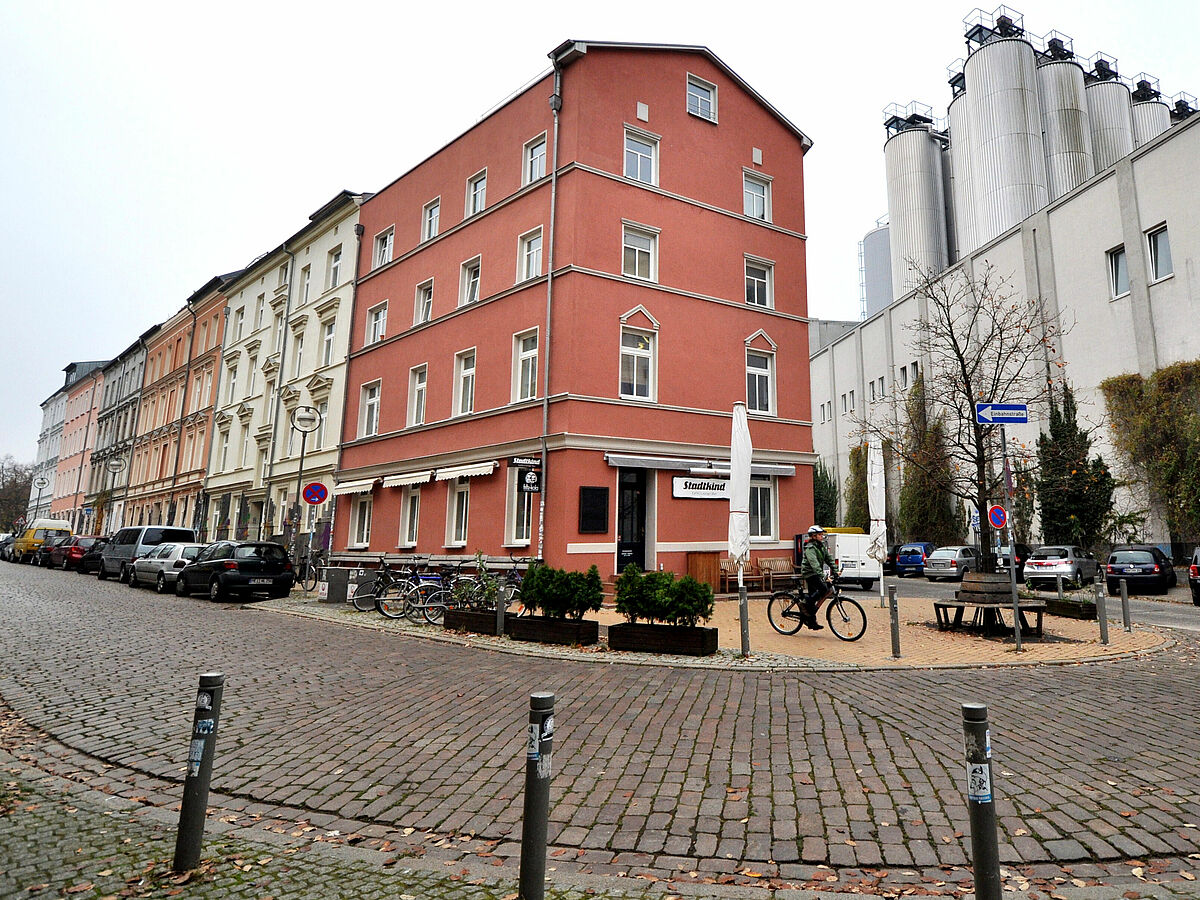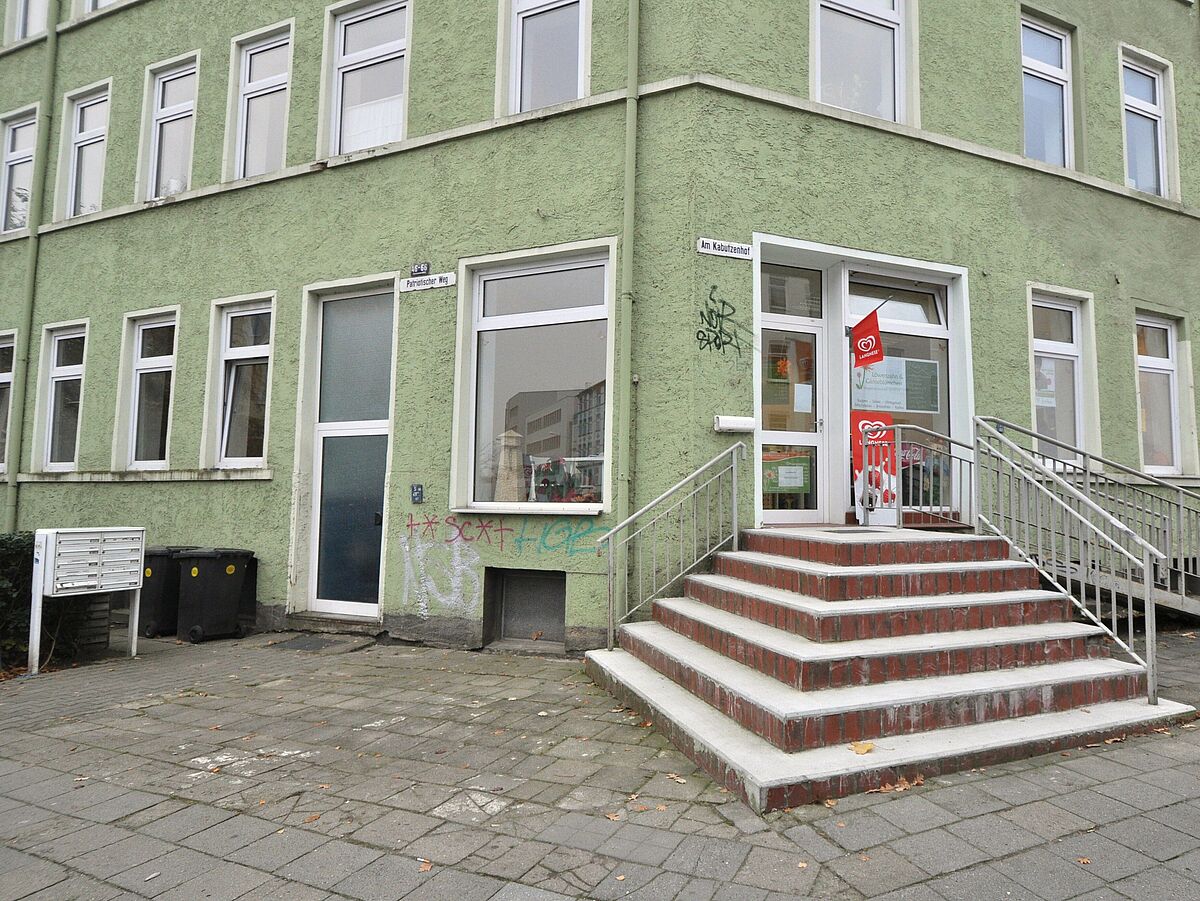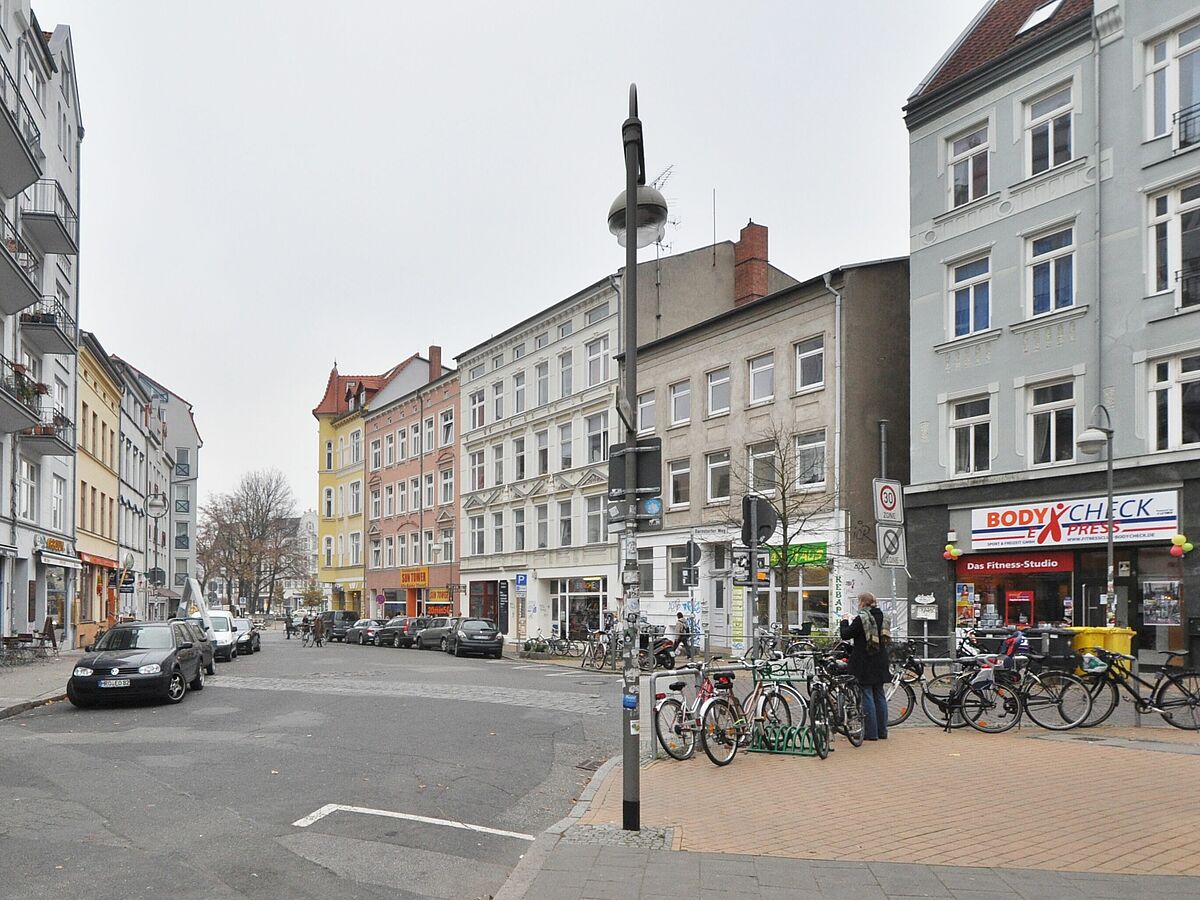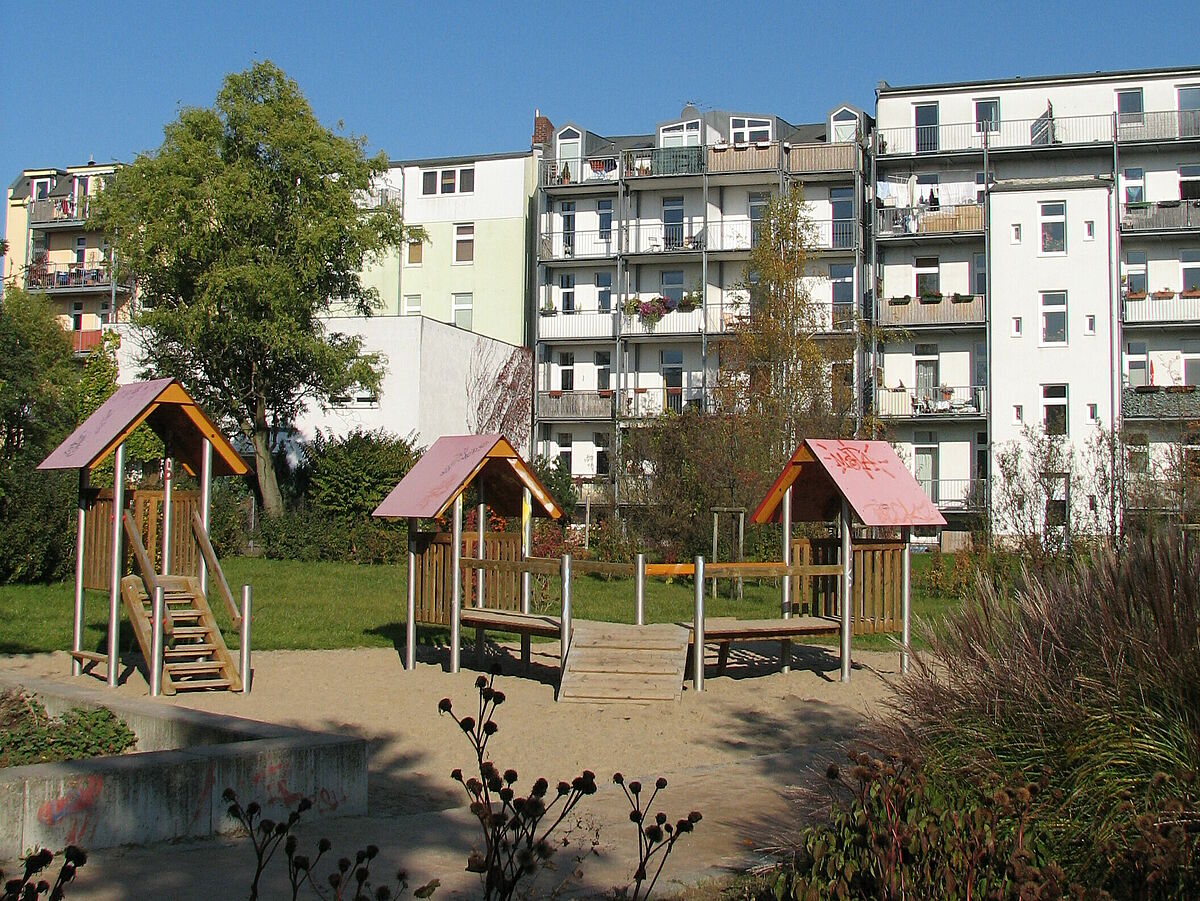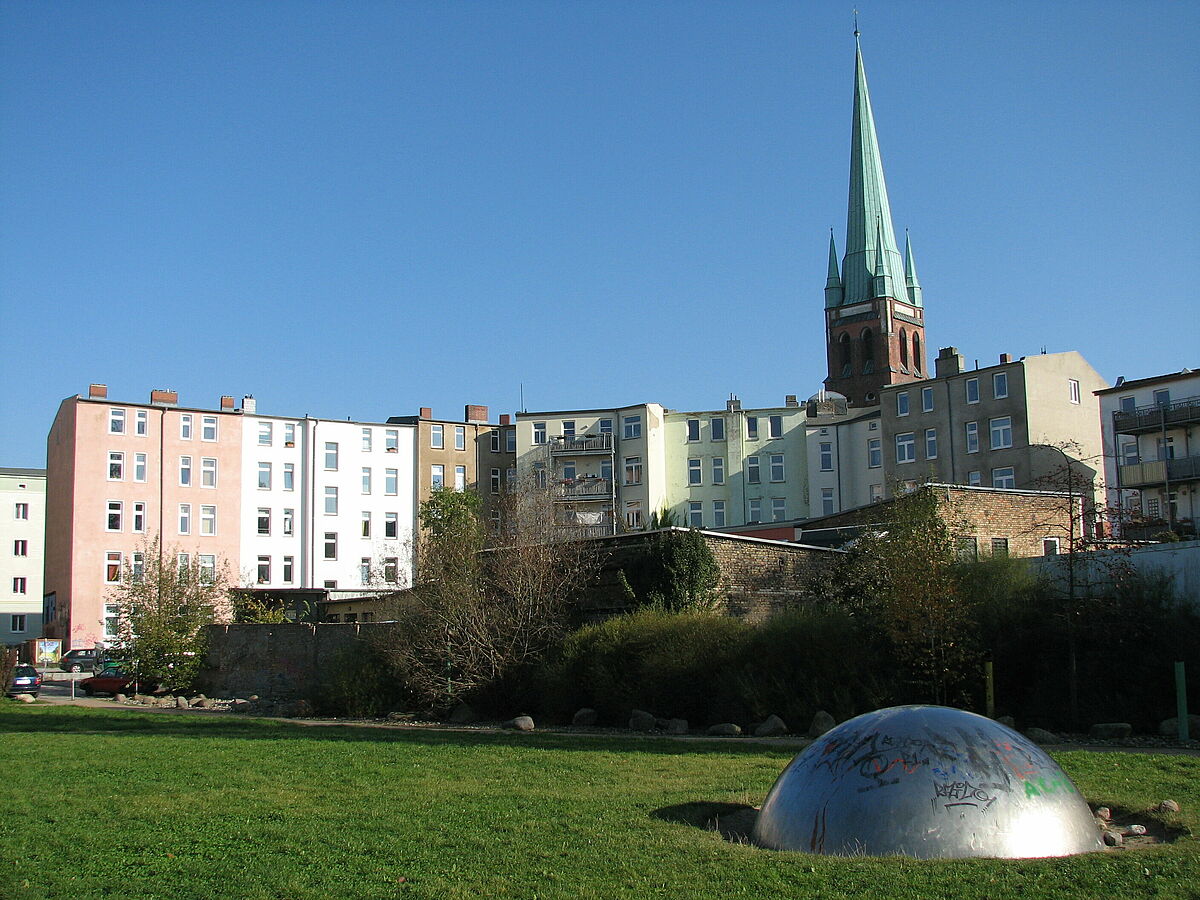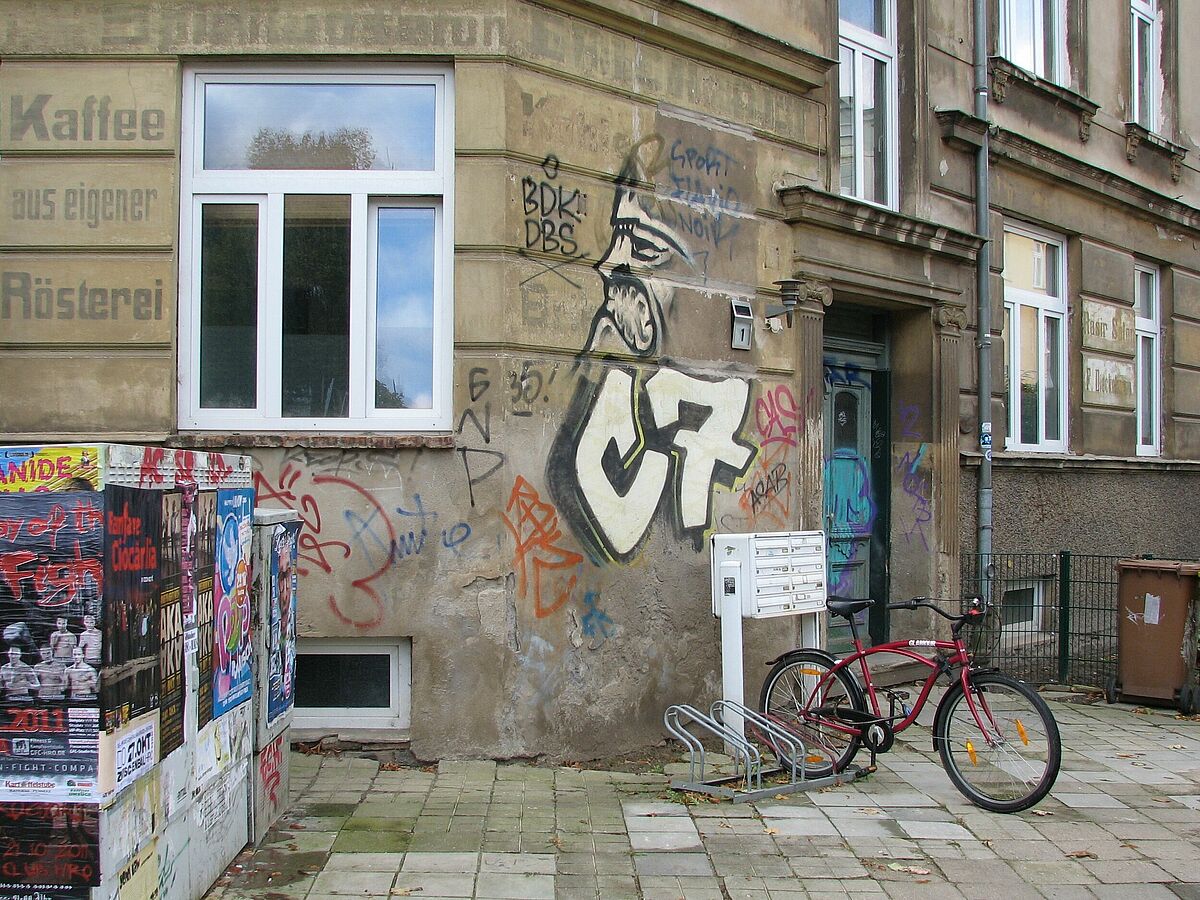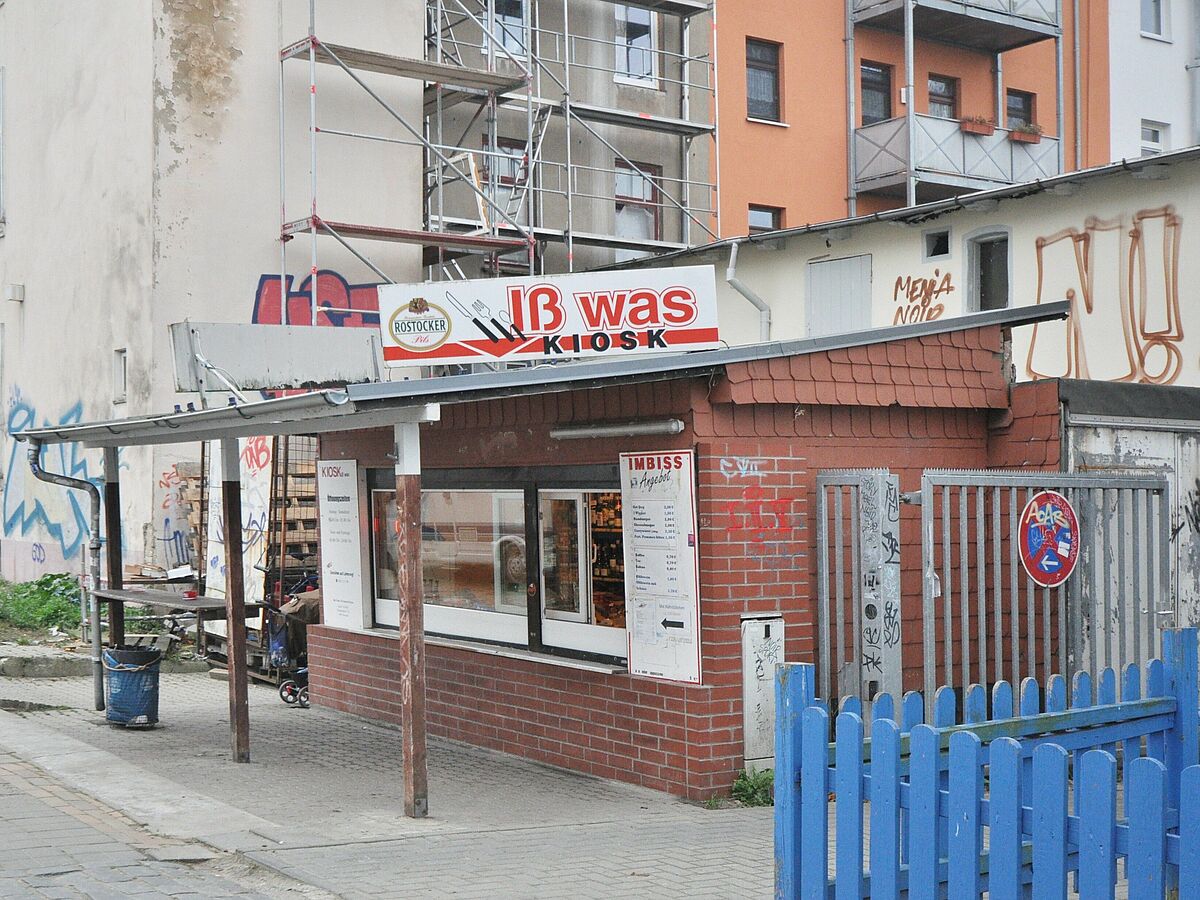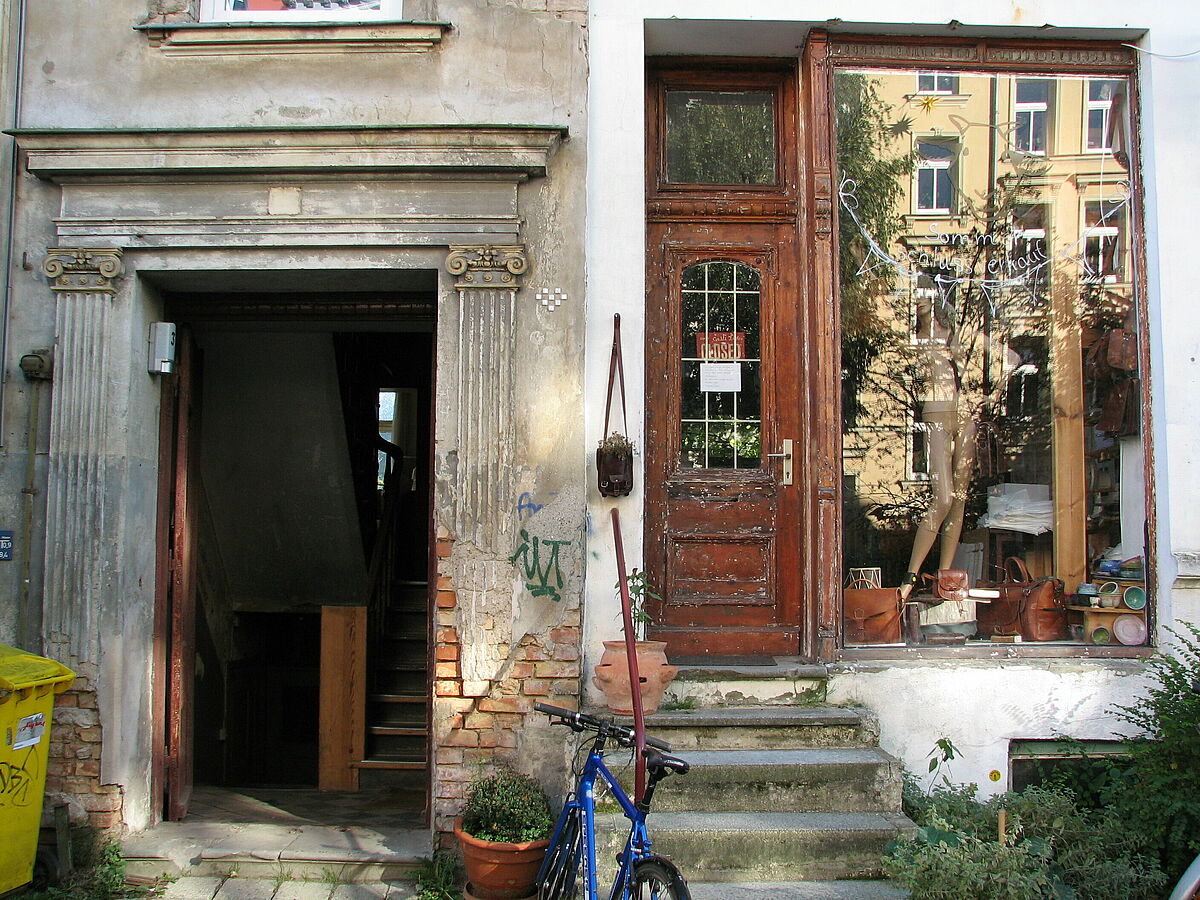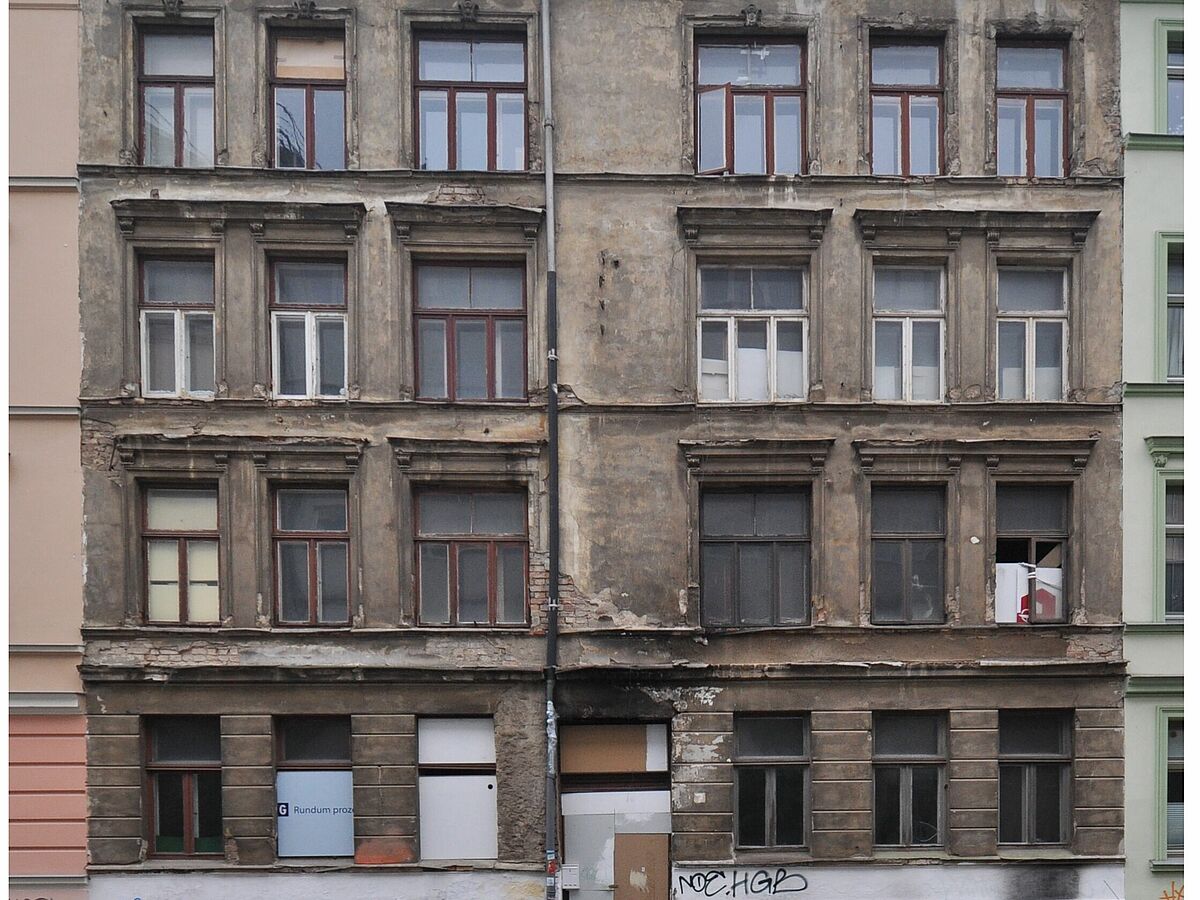Socio-spatial change KTV
Socio-spatial in postsocialist cities. The district Kröpeliner-Tor-Vorstadt as transit space.
Project team
- Stefan Brandt M.A.
- Hagen Fischer M.A.
- Tina Jahnel M.A.
- Sebastian Jürss M.A.
Scientific Supervisors
- Dr. Andreas Klärner
- Prof. Dr. Peter A. Berger
Externer Kooperationspartner
- Dr. Thomas Dörfler, Universität Bayreuth
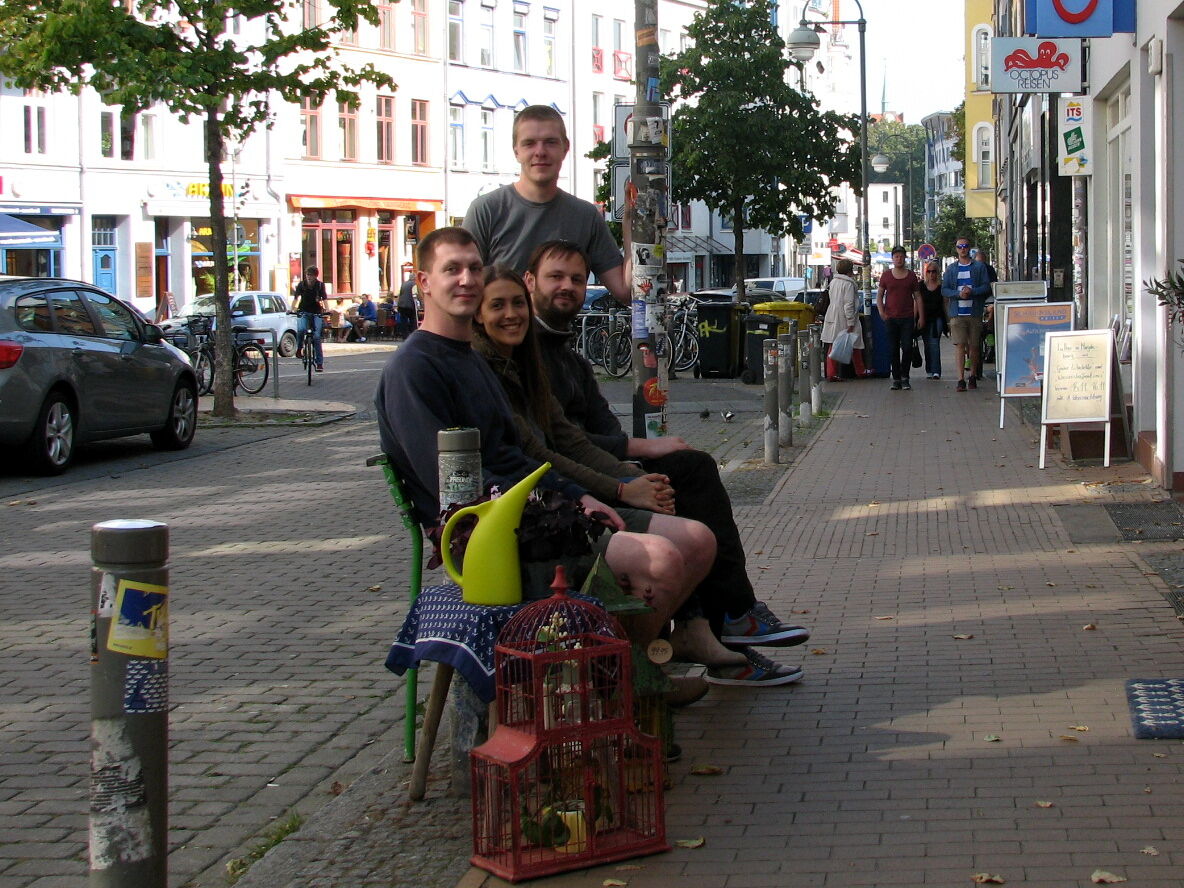
- Brandt, Stefan/Dörfler, Thomas/Jürss, Sebastian/Klärner, Andreas (2016): Phänomenologische und wissenssoziologische Perspektiven auf den Raum: Ort und Leib, Identitäten und Netzwerke in der beschleunigten Moderne In: Keller, Reiner/Raab, Jürgen (Hrsg.): Wissensforschung – Forschungswissen. Beiträge und Debatten zum 1. Sektionskongress der Wissenssoziologie. Weinheim: Beltz Juventa, S. 423-436.
- Brandt, Stefan/Fischer, Hagen/Jahnel, Tina/Jürss, Sebastian/Dörfler, Thomas/Klärner, Andreas (2016): Lebenswelt Transitraum. Sinnbezüge zur Rostocker Kröpeliner-Tor-Vorstadt in rekonstruktiver Perspektive. In: Ludwig, Joachim/ Ebner von Eschenbach, Malte/Kondratjuk, Maria (Hrsg.): Sozialräumliche Forschungsperspektiven. Eine Zusammenstellung verschiedener disziplinärer Zugänge. Opladen: Verlag Barbara Budrich, S. 171-187.
- Transitraum KTV, Pressemeldung der Universität Rostock vom 07.08.2014.
- Universität Rostock (2015): Gewinner des HERMES-JUNIOR-Förderungsprogramms. Akademisches Jahrbuch der Universität Rostock 2013/2014, S. 180.
- Stefan Brandt, Radio-Interview, 2014-09-22.
The listed pictures show selected motives and places in the Rostocker Kröpeliner gate suburb. The pictures were taken between 10/2011 and 11/2011.
Rostock at the very bottom is the title of a TV documentary of the North German Broadcasting (Norddeutscher Rundfunk) from 1993. Shabby, hardly inhabitable houses and flats characterized by deficiency and neglect and portraits of their residents are shown in the movie. Unemployment, lack of perspective and regular and excessive drinking determine the everyday life in Rostock’s district Kröpeliner Tor-Vorstadt (KTV). The living environment sketched here can hardly be seen anymore on the surface almost 20 years after this documentary was made. Today‘s KTV is a scene and students quarter with numerous cafés, bars and shops that is popular among young people as well as middle-class families.
The scientific investigation of the changing Kröpeliner-Tor-Vorstadt is limited to the period 1990 to 2000. Building restorations and urban development enhancement works can, according to the forecasts of that time, result into increasing rents and, thus, the displacement of the original citizenship, but also make the quarter attractive to new inhabitant settings (a.o. students). Meanwhile, the actually occurred change of the KTV from turn of the millenium to present has hardly been scientifically considered. The visible structural changes in the quarter as well as latest urban spatial developments motivate to deal with the KTV again.
It seems reasonable for a detailed investigation to take a look at the protagonists of the change. In addition to experts and shop owners, it is mainly students and postgraduates who are in the focus of the project. Especially the time limitation of study stays that can result into regular transformations of the inhabitants and turn cities and quarters into transit areas. The project intends to reveal potential transit spatial perception and action patterns of students. An analysis of the compartmentalized retail and business structures of the quarter rounds off the description of the change. The relation between spaces and protagonists is in the focus of the investigation here. Persons acting constitute spaces on the one side, for instance by opening shops and with related negotiations of demand and supply. On the other side, spaces can develop a specific relevance for human beings in their life course perspective. The characteristics of such transit zones can be applied to the Kröpeliner-Tor-Vorstadt as transit space in a historical as well as a contemporary perspective.It is less the temporal component than the inherent function that characterizes transit spaces.
An also limited synthesis performance results from a functionally limited positioning as transit which, again, directly impacts on the constitution of spaces. Another question is if a specific form of gentrification occurs at the KTV under the conditions of a long-term shrinkage and transformation period.
This research project, initiated by master students of sociology at the University of Rostock, is promoted by the HERMES Junior Program of the HERMES Research Funds of the University of Rostock.
- "Lost in Transition? Kröpeliner-Tor-Vorstadt – Lifeworlds in the In-Between", Track 5 'Changing Neighbourhoods in the Moving City', Midterm Conference of the European Sociological Association Research Network 37 – Urban Sociology on 'Moving Cities: Contested Views on Urban Life'. June, 29th - July, 1st, 2016, Jagiellonian University, Krakow, Poland.
- "Transitraum Kröpeliner-Tor-Vorstadt - gelebte Ambivalenz?" im Rahmen des 1. Sektionskongress der Wissenssoziologie (Arbeitskreis Phänomenologie), 08. bis 10.10.2015, Universität Koblenz-Landau.
- "Lost in Transition? – Inkorporierte Ambivalenz und Leben im 'Dazwischen' am Beispiel der Rostocker Kröpeliner-Tor-Vorstadt" im Rahmen des 14. Treffen des Nachwuchsnetzwerks Stadt - Raum - Architektur zum Thema "Körper-Erfahrungen (in) der Stadt - Zugänge, Übergänge, Barrieren", 06./07.11.2015, Universität Hamburg.
- Posterpräsentation "Sozialräumlicher Wandel in postsozialistischen Städten: Der Rostocker Stadtteil Kröpeliner-Tor-Vorstadt als Transitraum." im Rahmen der NachwuchsforscherInnentagung 2014: Soziaräumliche Forschungsperspektiven am Zentrum für Sozialweltforschung und Methodenentwicklung der Otto-von-Guericke-Universität Magdeburg.

